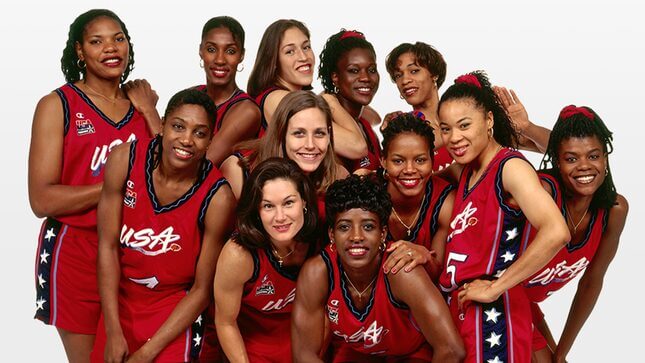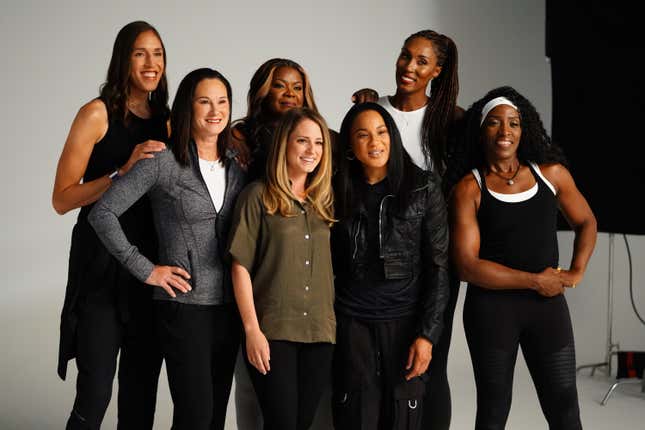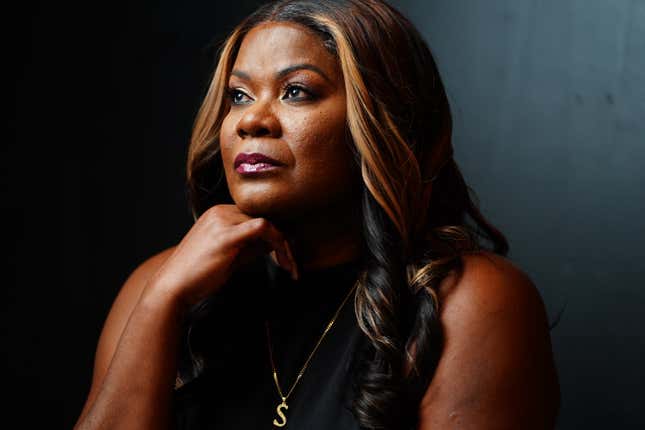ESPN’s ‘Dream On’ Illuminates the Buried History of Women’s Basketball
The ESPN documentary chronicles the 1996 USA Women’s Basketball team, who paved the way for the creation of the WNBA.
In Depth

It took 24 years after Title IX was signed into law for the NBA to consider taking a chance on an all-women’s basketball league, but on April 24, 1996, the NBA Board of Governors finally approved the concept of a Women’s National Basketball Association (WNBA). The new league would begin playing in June 1997, on one condition: The USA women’s basketball team had to win the 1996 Olympic Games.
Just in time for the 50th anniversary of Title IX, ESPN released Dream On, the latest installment in the network’s 30 for 30 documentary series and their first-ever multiple-part film about women athletes. The three-part series, which premiered earlier this month, recounts the lost history of the 1996 gold medal women’s basketball team, also known as the “Dream Team.” (The men’s ‘96 Olympic team called themselves “Dream Team III,” because you can apparently just deem yourselves as such in perpetuity.) The team’s members went on to represent seven national players of the year honors, eight national championships, and 17 Final Four appearances. And they also deserved better.
Centered on rising basketball stars Lisa Leslie, Dawn Staley, Rebecca Lobo, Sheryl Swoopes, Ruthie Bolton, and more, the tale is told with nuance and stark admiration using 500 hours of previously unseen footage of the teammates. With eight wins and zero losses, the dynasty of 12—Black, white, straight, and gay—cemented a more equitable future for women athletes across America. As the film meanders between footage of the teammates goofing around in the locker room, sleeping on buses, balling in Siberia while their hands freeze, and appearing on late-night live tapings, director Kristen Lappas spotlights a dysfunctional group of hilarious, quick-witted personalities that feel like superheroes, like big sisters, like people you want to spend more time with. They became unwitting figureheads for a movement, sure, but they also represented women in every true sense of the word at a time when being a woman was a regimented practice.

“This was a great part of history,” Staley said during a panel at the premiere of the docuseries earlier this month. “But there was history before this and history after this and those stories aren’t being told.”
-

-

-

-

-

-

-

-

-

-

-

-

-

-

-

-

-

-

-

-

-

-

-

-

-

-

-

-

-

-

-

-

-

-

-

-

-

-

-

-









































